Introduction
Linear Audio Research is a little known brand here in the uk and is manufactured in Poland. It seems these days that there are 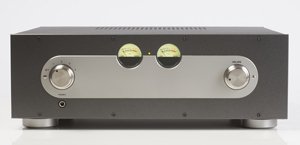 some very good things hifi-wise coming out of Poland so I was intrigued to see how this modestly specified EL34 based valve amplifier would fare driving a set of amp-fussy Tannoy Turnberrys.
some very good things hifi-wise coming out of Poland so I was intrigued to see how this modestly specified EL34 based valve amplifier would fare driving a set of amp-fussy Tannoy Turnberrys.
A little about Linear Audio first. It was started by a Polish audio engineer, Eugeniusz Czyżewski. He had been making amps for friends when he decided to go into production with his designs. Mr Czyzewski’s background includes obtaining a doctorate in technical science from the Politechnika Wrocławska, one of the foremost technical colleges in Poland. From there he had a career in the military sector before going on to form Linear Audio Research. His attention to detail certainly shows within the IA30 amplifier and this is in no small part due to the standards expected with his previous military technical support role. This attention to detail on close inspection does seem lacking today even in so called “high end” hifi.
The IA30 is a push-pull EL34 design with a difference. Particular emphasis has been paid on low distortion and an even bandwidth, so great attention has been paid to the transformer windings in the power supply and output transformers and in general to the quality of components used throughout the circuit, and the circuit layout itself.
A brief glimpse under the hood reveals fairly well packed PCBs boasting components such as Vishay capacitors, 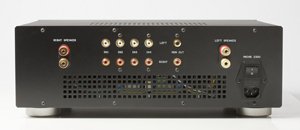 preamp valves being NOS Siemens and output valves being high quality EL34B’s from Tung Sol. The pot is also high quality being a Blue Alps pot. Output transformers are high quality EI affairs and to the specification for the IA30. Looking at the circuit, it’s clear that it is a dual mono layout and internal wiring is almost all fully shielded and also of high quality as is the soldering. No messy blobs to be found here, but lots of neat and shiny solder connections just as it should be. Connections at the rear for loudspeakers and RCA single ended inputs are solid and well made. The amplifier has four line level inputs, two sets of speaker outlets said to suit speakers with a nominal 6 to 8 Ohm impredance (no 4 ohm taps) and a “mono out” set of RCA sockets presumably for bi-amping duties.
preamp valves being NOS Siemens and output valves being high quality EL34B’s from Tung Sol. The pot is also high quality being a Blue Alps pot. Output transformers are high quality EI affairs and to the specification for the IA30. Looking at the circuit, it’s clear that it is a dual mono layout and internal wiring is almost all fully shielded and also of high quality as is the soldering. No messy blobs to be found here, but lots of neat and shiny solder connections just as it should be. Connections at the rear for loudspeakers and RCA single ended inputs are solid and well made. The amplifier has four line level inputs, two sets of speaker outlets said to suit speakers with a nominal 6 to 8 Ohm impredance (no 4 ohm taps) and a “mono out” set of RCA sockets presumably for bi-amping duties.
The casing looks to be a (very well) formed metal casing (folded) with substantial front and rear plates held in place by counter-sunk Allen headed bolts, another neat touch and another example of attention to detail. The amp is finished in a charcoal grey textured lacquer finish with two (almost invisible) wooden side cheeks also finished in charcoal grey (why?). The amp is fairly weighty too at around 15kg. External appearance is very simple, almost utilitarian with just two front knobs. One on the left for power on and input selector and one on the right being the (Alps) volume control.
In between these there are two VDU meters, brightly lit on switch-on. Whilst they lend an easy on the eye almost retro feel to the amp, they’re really quite superfluous. Why manufacturers insist on VDU meters is a mystery because unless they are proper peak power meters (which these are not) then they are just decoration. Perhaps that’s the point though as the amp would have been quite plain Jane with just a grey front panel and two control dials.
feel to the amp, they’re really quite superfluous. Why manufacturers insist on VDU meters is a mystery because unless they are proper peak power meters (which these are not) then they are just decoration. Perhaps that’s the point though as the amp would have been quite plain Jane with just a grey front panel and two control dials.
Operation
After setting up, the left dial was switched to the “on” position or rather it was switched from “off” to the required input. It has to be said that the quality of the switchgear is superb. The dials are lovely solid and rounded dials with that attention to detail showing up in their curves and the satisfying click between selections. It is worth noting that this amp uses extremely high quality 24k gold plated Contactron sealed relays, some of the best in the business and said to be good for a maintenance free life of over 20 years. Yet another example of the attention to detail and quality of components used within the amp.
Sound Quality
I wasn’t really expecting too much of the IA30 and have to admit a bias against many EL34 based designs as some can be a little too fluffy for my tastes. I entered listening tests though with an open mind and had on hand a huge variety of recordings from classical to hard rock on both digital and analogue formats. I started off with some wide dynamics playing music from Beethoven (8th and 9th symphonies), Mahler (5th symphony) and from the more contemporary but ubiquitous Hugh Masekela “Hope” album as well as some classic rock tracks from Led Zeppelin.
The IA30 coped very well with all of these tracks, however it was with the simpler recorded music that real insights into the performance were made. The Hugh Masekela tracks in particular show cased the impressive way that the amp dealt with the large dynamic swings from unaccompanied whisper quiet lyrics to the cacophony of sound with drums, instruments and other singers joining in to some wild crescendos. What impressed wasn’t so much the scale that was conjured up, but the clarity with which this was done.
The only other valve based amplifier I have heard which comes close to providing this naturalness of sound and clarity with the Tannoys was the Mastersound KT88 integrated and at twice the cost of the IA30, it was starting to make the modest Linear Audio amp look like something of a steal.
It didn’t have it all its own way though. On some bluesy tracks where bass guitar is prominent (such as John Lee hooker’s “My Dream”, “Rocking Chair” and “That’s Alright”) the bass guitar could have been a three quarter sized instrument, or so it appeared sonically. I can see what LAR have tried to do with the IA30 and it is clear that in many respects that they have succeeded. With all genres, it sounded neither like a solid state nor a valve amp…it doesn’t have any obvious colourations in other words. What it does have is outstandingly clarity of sound with a remarkably flat frequency response. The question though is whether the balance is right. Does the circuit design compromise musicality for the sake of measurement? In a word, no. The balance is right, but only just so, and only just by the skin of its teeth. Any lighter on bass and there wouldn’t be that vital underpinning needed for music and it would start to intrude and grate with too light a presentation.
However, for an EL34, LAR have got it almost spot on. This isn’t a valve known to plumb the depths with authority at the best of times. There though it is and the lower octave can be heard. Even with large scale orchestral, this amp presents all the scale you need in the average living/listening room but the bass, whilst there, is slightly subdued. It doesn’t dominate, but perhaps it doesn’t dominate even at times when it might be expected to. It’s only at these rare times that you may feel slightly short changed but never “ripped off” so to speak because you have the notes you paid for.
I won’t wax lyrical and say that this is an amp that excels in the mids but I will say that it is remarkably open and exhibits real clarity and tonal neutrality in the midband. The treble performance is nothing short of excellent though. Very well extended without ever being forward sounding, the detail is just there and it reaches very high.
The specifications claim a frequency response of 10Hz to 40KHz plus or minus 3dB. Whilst I can believe the upper figure, I am struggling to believe the lower figure. 10Hz at just minus 3dB? Hmm. A healthy dose of scepticism and doubt creeps in here. It doesn’t so much creep in, in fact it jumps on you with a cudgel and beats you around the ears. I haven’t seen the lab measurements, nor was I able to test this myself other than with a frequency sweep recording and it is fair to say that the output was barely audible at 30 or so Hz for the test tone for normal listening levels. It was there, but probably rolled off a little more than the claimed 3dB. It was very obviously rolled off more than that at 20Hz but in all fairness, my hearing isn’t good enough for me to trust my ears to give a precise figure that low. It would take proper measurement. Having said all that, the balance was still good overall.
Whilst I have some reservations about ultimate bass response I have no qualms whatsoever with bass control. The control of this amp is excellent. Bass starts and stops on a sixpence with no audible overhang or boom where there shouldn’t be any.
Separation and imaging are good but not remarkable. I expected more from the dual mono layout, said to enhance 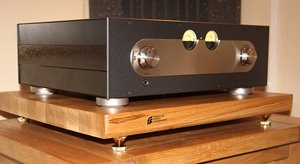 separation but this, as in so many other cases I’ve heard with dual mono designs, isn’t the case here. It’s no better or no worse than most other amplifiers and not as good as some such as the Art Audio Quintet or indeed the Mastersound KT88, both of which excel in this area. The image is believable and the perception is of good back to front imaging, helping to separate and identify different layers of instruments, but is somewhat lacking in the scale of the image and overall clarity of separation at times. I’d class it as average to perhaps slightly above average in the imaging stakes.
separation but this, as in so many other cases I’ve heard with dual mono designs, isn’t the case here. It’s no better or no worse than most other amplifiers and not as good as some such as the Art Audio Quintet or indeed the Mastersound KT88, both of which excel in this area. The image is believable and the perception is of good back to front imaging, helping to separate and identify different layers of instruments, but is somewhat lacking in the scale of the image and overall clarity of separation at times. I’d class it as average to perhaps slightly above average in the imaging stakes.
Finally we come onto one bonus feature of this amplifier which is the headphone circuit (and socket). It’s a real bonus that a headphone socket is provided. I find it inexcusable that other manufacturers do not supply headphone sockets on amplifiers costing four figure sums so a pat on the back for LAR. This one is of the (welcome) type that mutes the main speaker output when in use. I tried it with various headphones including several pairs of Sennheissers and Grado phones and overall was impressed by the quality of sound achieved. The downside for me was that there was a little too much noise in this part of the circuit and whilst the background hiss never intruded on the music, it was audible on quiet passages. Ultimately it lacked a little in power and as with many headphones, for a perfect headphone set up you may want to look at a stand alone headphone amp which matches your personal headphones, but if you don’t already have one, then this on-board headphone circuit is perfectly adequate. What I liked about it was that unlike the plethora of mini digital head amps flooding the market at present, many using op-amp circuits, this one never sounded clinical no matter what music was spun up. I find many of the op amp headphone circuits too clinical and fatiguing after a while. The LAR on board headphone circuit is certainly one that you could enjoy long late evening listening sessions without fatigue.
Conclusion
If, like me, you have had reservations about EL34 type amplifiers, then you owe it to yourself to get a listen to this one. It blows away preconceptions in quite a startling manner with its clarity, lovely extended treble and great bass control. Colouration is low which means distortions have been kept commendably low. Whilst bass is a little limited, it’s there and overall, the amp has a very neutral balance, if slightly warm of neutral overall. It has good grip on the loudspeakers (in this case) and is the sort of amp that allows you to engage with the music and completely relax into it without picking fault with the electronics up front of the speakers. It pulls that trick off remarkably well so my guess is that this amp will win many friends and suffer very few enemies. It has the added bonus of a half decent headphone circuit and the overall built quality is nothing short of excellent.
You could spend twice as much (or more) and get half as much in return, both sonically and in quality terms. This amplifier at the price deserves nothing less than a complete unreserved recommendation. It represents simply stunning value for money and has been engineered to suit a wide variety of systems.
Price £1800
Highly recommended.
Review system: Sources – Consonance Mini Droplet CDP; Gyro SE
Speakers: Tannoy Prestige – Turnberry SE
Want to read more hifi reviews?













































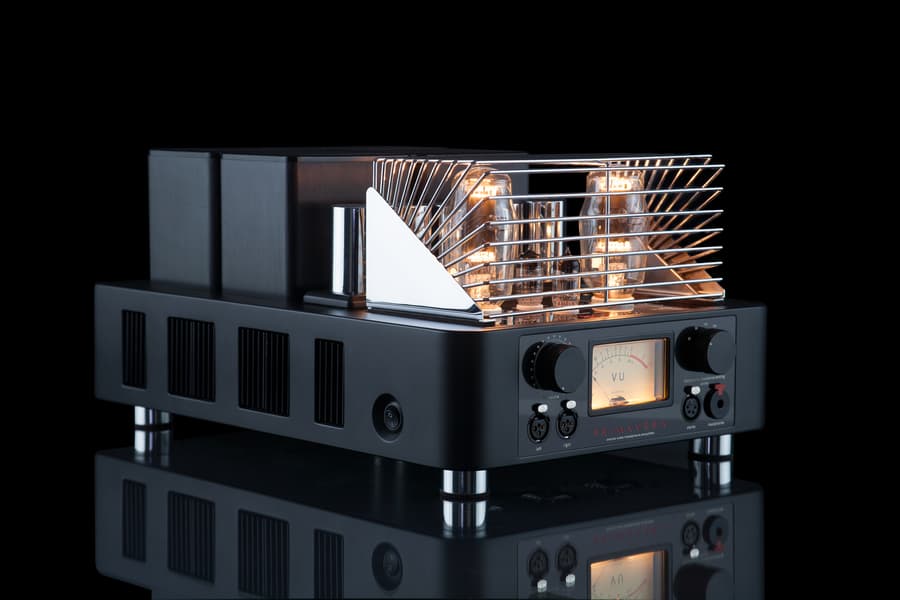


















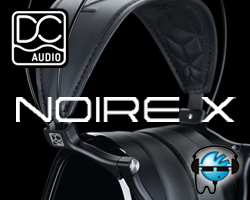












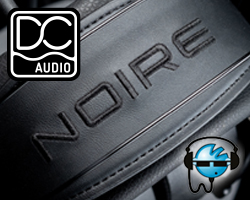




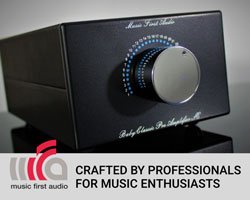





































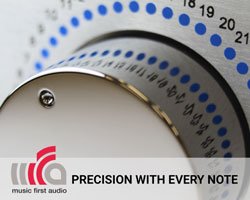















































You must be logged in to leave a reply.